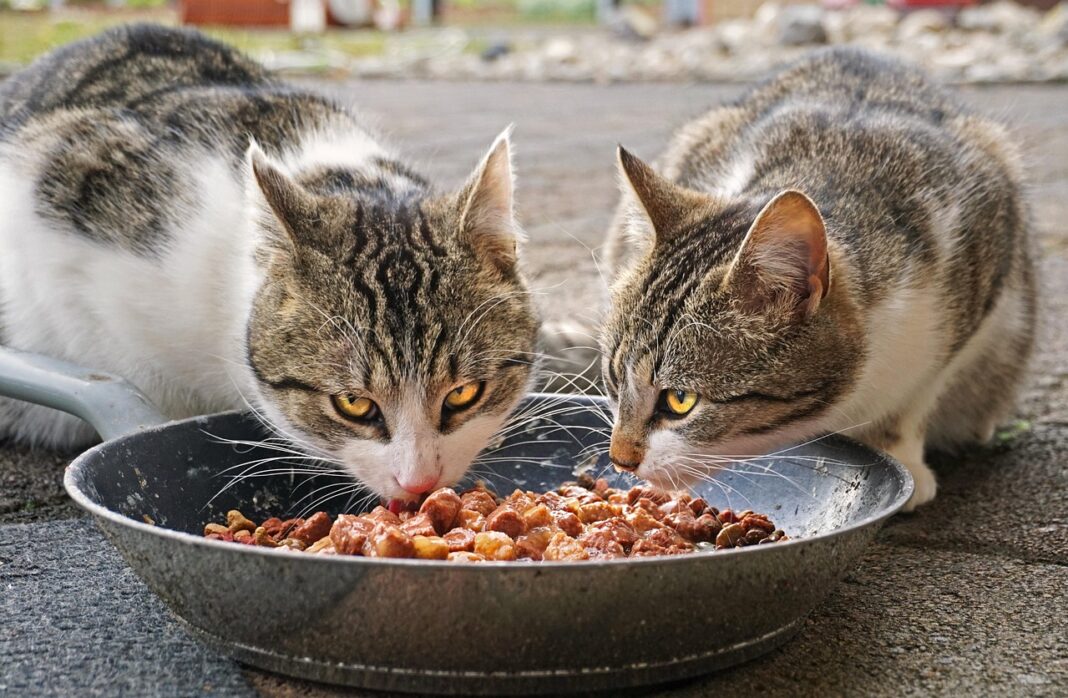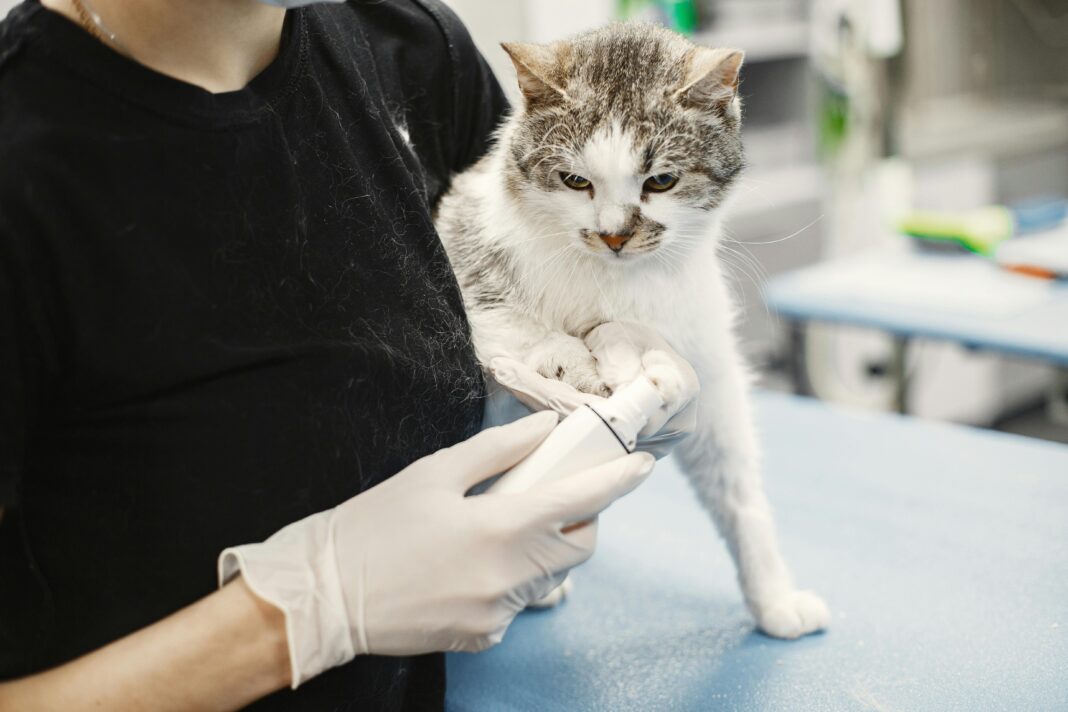Caring for your feline friend goes beyond cuddles and playtime; choosing the right cat food is one of the most crucial elements of pet health care. With a plethora of options available, how do you know which food is right for your cat? In this comprehensive guide, we’ll dive into vet-approved cat food reviews and help you navigate your choices for optimal health.
Understanding Your Cat’s Nutritional Needs
The Basics of Feline Nutrition
Cats are obligate carnivores, which means their diet must primarily consist of meat. Essential nutrients include protein, amino acids (like taurine), vitamins, and minerals. High-quality cat food should provide a well-balanced blend of these nutrients, ensuring your cat’s health and vitality.
The Importance of Age-Appropriate Diets
Kittens, adult cats, and senior cats have different nutritional needs. Kittens require higher protein and fat levels for growth, while senior cats may need formulations that support mobility and digestive health. Always consult with your veterinarian to choose age-appropriate foods.
Top Vet-Approved Cat Food Picks
1. Hill’s Science Diet
Type: Dry and Wet Food
Key Features: Veterinarian-recommended formula, variety of options tailored to different life stages and dietary needs.
Benefits: Hill’s Science Diet focuses on ingredients that promote overall health, including healthy skin and coat, weight management, and digestive health. The kibble is designed to reduce plaque buildup, supporting oral health as well.
2. Royal Canin
Type: Dry and Wet Food
Key Features: Tailored breeds and life stages, priority on high-quality ingredients.
Benefits: Royal Canin offers specific formulations for a variety of cat breeds, addressing unique health needs such as urinary tract health and hairball control. The high digestibility of their food makes it suitable for cats with sensitive stomachs.
3. Purina Pro Plan
Type: Dry and Wet Food
Key Features: Rich in antioxidants and vitamins, focuses on immune health.
Benefits: Purina Pro Plan offers a wide range of flavors and textures that appeal to picky eaters. The food is formulated with high-quality protein sources and added probiotics for improved digestive health.
4. Blue Buffalo
Type: Dry and Wet Food
Key Features: Grain-free and high-protein options, natural ingredients.
Benefits: Blue Buffalo emphasizes the use of real meat and does not include artificial preservatives or fillers. Their LifeSource Bits are a mix of antioxidants, vitamins, and minerals formulated by holistic veterinarians for overall well-being.
5. Wellness CORE
Type: Dry Food
Key Features: Grain-free, high-protein formulation with premium ingredients.
Benefits: Wellness CORE caters to cats with a more active lifestyle. The food is rich in protein and contains a blend of omega fatty acids, probiotics, and antioxidants, supporting muscle development and overall health.
Recognizing the Signs of Nutritional Imbalance
Common Symptoms
Cats may exhibit various symptoms if their diet is lacking or unsuitable. Look for:
-
- Hair loss or poor coat condition
-
- Changes in weight (loss or excessive gain)
-
- Gastrointestinal issues like vomiting or diarrhea
-
- Lethargy or decreased activity
If you notice any of these signs, it may be wise to reassess your cat’s diet and consult a veterinarian.
Transitioning to a New Cat Food
Changing your cat’s food requires a gradual approach. Sudden changes can lead to gastrointestinal upset. Here’s how to make a smooth transition:
-
- Week 1: Mix 25% new food with 75% old food.
-
- Week 2: Adjust to 50% new food and 50% old food.
-
- Week 3: Introduce 75% new food with 25% old food.
-
- Week 4: Serve 100% new food.
Monitor your cat’s reaction throughout the transition and consult your vet if any issues arise.
Practical Tips for Choosing Cat Food
Read Labels Carefully
Look for high-quality protein sources as the first ingredient and avoid foods with vague terms like “meat by-products.” Ensure that the food meets AAFCO (Association of American Feed Control Officials) standards for balanced nutrition.
Consider Your Cat’s Preferences
Cats can be choosy eaters. It’s essential to find a food that your cat enjoys. You might have to try several brands and formulations before finding the perfect fit.
Keep an Eye on Portions
Overfeeding can lead to obesity, while underfeeding might not meet your cat’s nutritional needs. Follow feeding guidelines on the packaging, and adjust based on your cat’s activity level and age.
Monitoring Your Cat’s Health
Regular Veterinary Check-Ups
Regular check-ups are crucial in monitoring your cat’s health status. Your vet can provide insights into nutritional needs based on your cat’s specific health conditions and lifestyle. Regular blood tests can also help catch any potential nutritional deficiencies or health issues early.
Stay Informed About New Products
The pet food market is ever-evolving. Keeping abreast of new research and products can help ensure you are providing the best nutrition for your cat.
Conclusion
Investing in high-quality, vet-approved cat food is one of the best ways to ensure your feline friend leads a happy and healthy life. By understanding nutritional needs, recognizing signs of imbalance, and making informed choices during food transitions, you can support your cat’s well-being. Your cat relies on you, so make each meal count!





